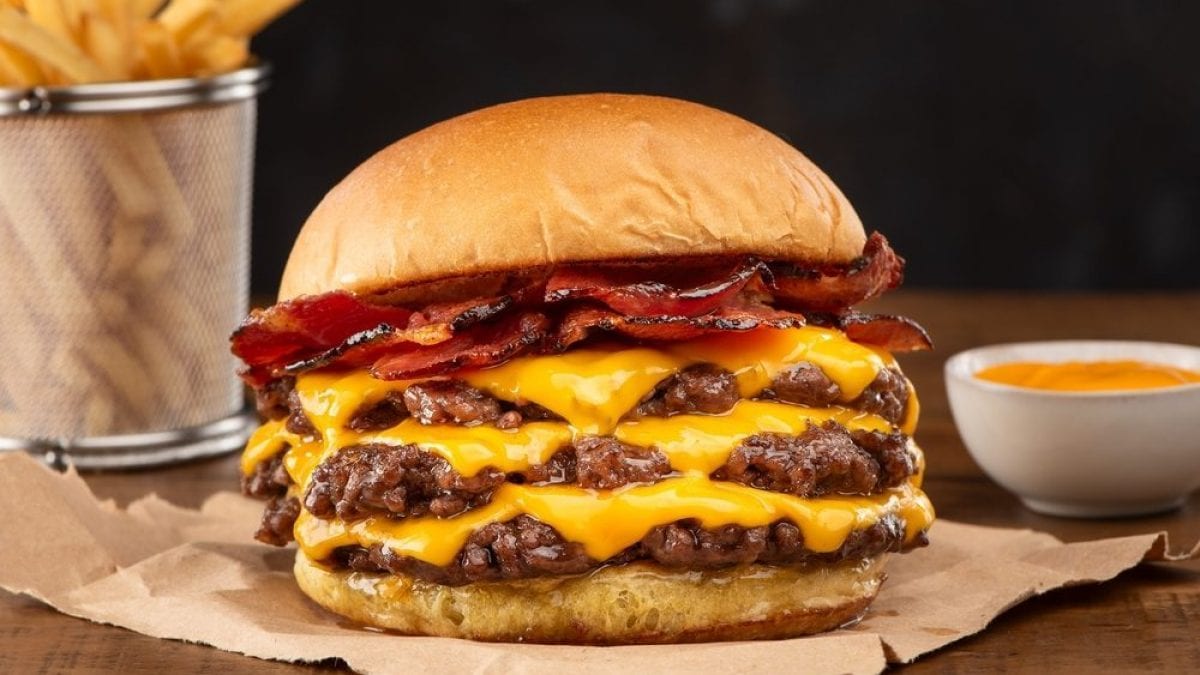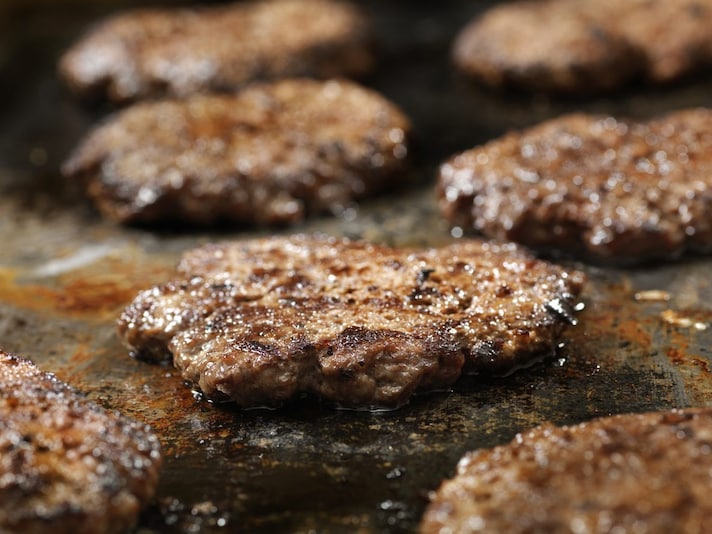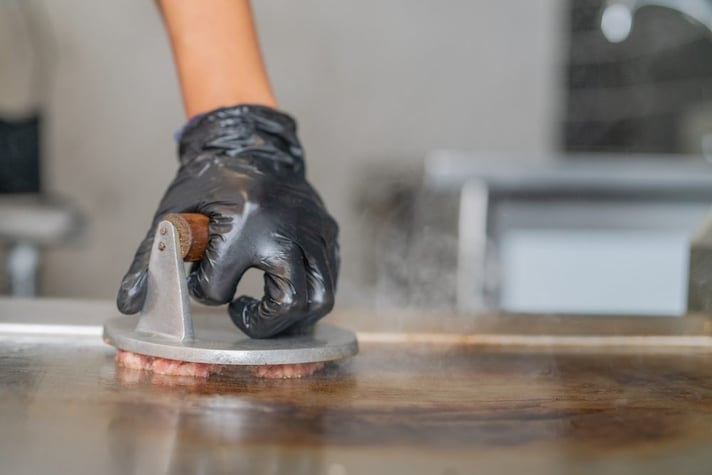
The smash burger is a particular type of hamburger that stands out for its preparation: the English term "to smash" means "to crush", and this is exactly what is done with the meat patty, or the disk of meat that makes up the hamburger. It is a preparation that has conquered many palates: the rapid cooking and the crushing create a crunchy and tasty crust that concentrates the flavors of the meat, making it truly delicious.
Where Does the Smashed Burger Come From?
The smashed burger is one of the oldest techniques for cooking hamburgers. Smashing began to spread during the 1920s in the American Midwest thanks to the fast food chain White Castle and was immediately appreciated by consumers who praised this maximization of the flavor of the burger crust. But the smashed burger has a big "defect": it cannot be done with frozen hamburgers. For this reason, the technique gradually lost consensus in favor of other "unsmashed" methods that allow the use of frozen foods.
After being put in the cellar for a while, this technique came back into fashion in the first decade of the 2000s, also thanks to the changes that have slowly but effectively occurred in the fast food industry, which today dedicate more time to the raw material, offering different options to customers. In 2007, as proof of the return of the smashed in Denver, a chain was founded that almost bears its name, SmashBurger, which bases its preparations on this technique (and not only) and which in a few years has greatly increased its locations throughout the United States.

Smashed Burger and Maillard Reaction
The key to the flavor of smashed is the Maillard reaction: the process that determines chemical reactions between sugars, carbohydrates and proteins and that occurs during cooking. Without going into the details of the explanation, suffice it to say that this process is responsible for the formation of the golden and crunchy crust that forms on the meat when it is cooked at high temperatures and that gives it that characteristic flavor and aroma. The golden crust that forms makes the burger visually more appetizing and creates a different consistency than hamburgers cooked in the classic way. In the case of the smash burger, the Maillard reaction is enhanced to the maximum by:
- Squashing. By squashing the patty, you significantly increase the surface area in contact with the hot plate. This means that more of the meat comes into contact with the heat, promoting the Maillard reaction and the formation of a larger, crispier crust.
- The temperature. The very hot plate accelerates the Maillard reaction, creating a darker and tastier crust in a short time.

How to Make a Smash Burger
Making a smashed burger is not difficult: first, you generally use minced meat, preferably beef. The patty, instead of simply being placed on the grill or pan, is pressed hard to flatten it and create a very thin surface: this process is done immediately after placing it on the hot plate. The meat, crushed and in contact with the very hot plate, cooks quickly, creating a crispy, golden crust on the outside and remaining soft on the inside.
Some tips to prepare it at its best:
- Remove the meat from the fridge just a few minutes before cooking. When the meat is in the fridge, in fact, the fat is still compact and the disc perfectly retains all its juices, which cannot yet dissolve.
- Use a pan or griddle made of iron, steel or cast iron, which can withstand high temperatures without getting damaged, as could happen with a pan with a non-stick coating.
- Wait until the plate is really hot, otherwise you will ruin the smashed effect; the difference between the temperature of the meat and that of the plate must be maximum; the temperature of the plate should be around 572-662°F/300–350°C.
- You can decide to lightly grease the plate with oil or butter, but also to cook the meat as it is, avoiding adding other fats;
- Only press the hamburger within the first 30 seconds of cooking: beyond this time, in fact, the meat will begin to heat up inside too, melting the fat and allowing the liquids to escape.
- Press down hard, especially for the first 10 seconds, and do not press down any more after the first 30 seconds; turn the burgers over when you start to see signs of cooking on the edges.
- Once you have turned the disc, keep it on the plate for 1 minute, 1 minute and a half maximum.
;Resize,width=767;)
